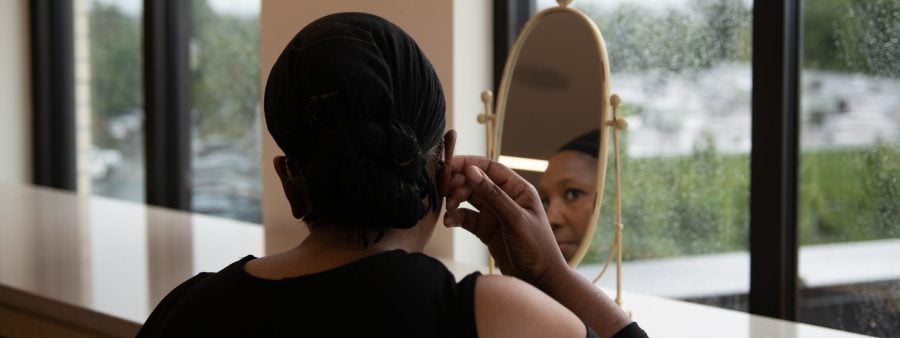
This Pride Month, a few Michigan Tech faculty and staff from across campus gathered for a conversation on being queer in the Keweenaw.
In this roundtable Q&A, Amlan Mukherjee, Erin Matas, Kelly Steelman, Paige Short, and Tom Adolphs share their thoughts and experiences on the importance of representation, connections, and conversations during this heritage month and beyond.








